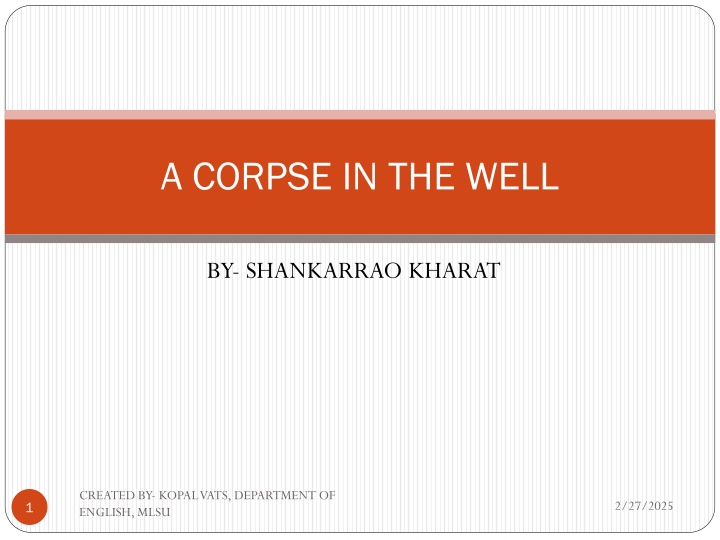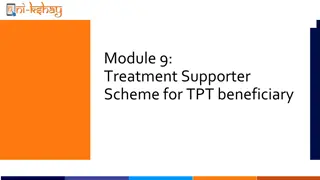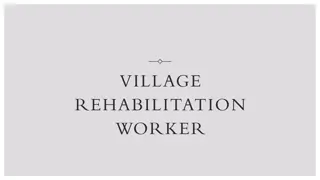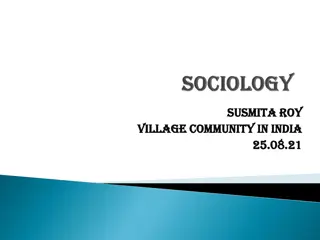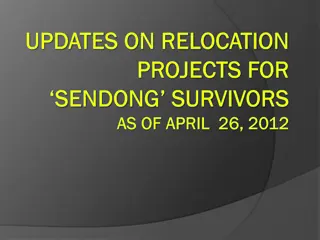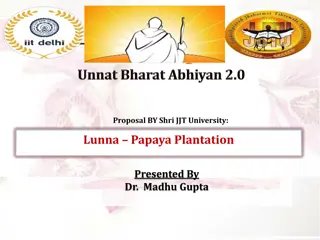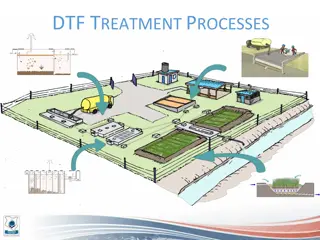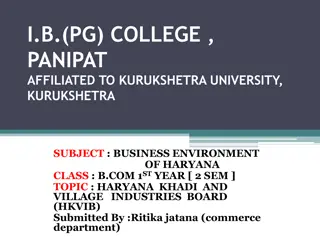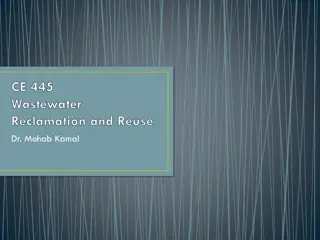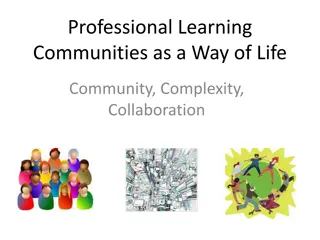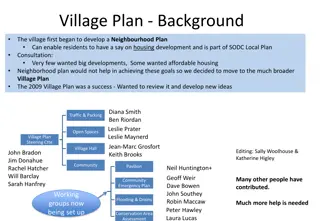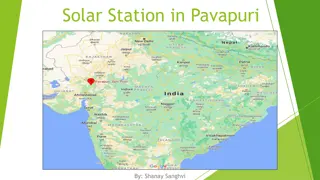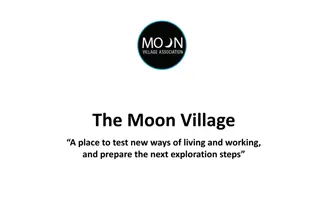Treatment of Mahar and Ramoshi Communities in Village
This content discusses the treatment of Mahar and Ramoshi communities in the village, focusing on their roles in handling dead bodies, contrasting interactions with other village members, and analyzing symbolism such as the horse and snake. It delves into the importance of caste, contrasts of personalities, and the role of education in the narrator's life.
Download Presentation

Please find below an Image/Link to download the presentation.
The content on the website is provided AS IS for your information and personal use only. It may not be sold, licensed, or shared on other websites without obtaining consent from the author.If you encounter any issues during the download, it is possible that the publisher has removed the file from their server.
You are allowed to download the files provided on this website for personal or commercial use, subject to the condition that they are used lawfully. All files are the property of their respective owners.
The content on the website is provided AS IS for your information and personal use only. It may not be sold, licensed, or shared on other websites without obtaining consent from the author.
E N D
Presentation Transcript
A CORPSE IN THE WELL BY- SHANKARRAO KHARAT CREATED BY- KOPAL VATS, DEPARTMENT OF ENGLISH, MLSU 2/27/2025 1
The following features are to be discussed Treatment of Mahar and Ramoshi communities in the village Role of Mahars in handling of dead bodies in the village Contrast the treatment given to Anna and the Village Chief Is the horse of the head constable a symbol? If yes then how? The snake in the story is an important symbol, how? What is the importance of the caste of the eponymous corpse in the well. Contrast the personalities of Anna and his son. Explain the role played by education in the life of the narrator. CREATED BY- KOPAL VATS, DEPARTMENT OF ENGLISH, MLSU 2/27/2025 2
Mahar Vatan Share Before Independence, rulers, including the British, awarded land to persons of certain communities for their services. These lands were called watan or inam land. In Maharashtra, land gifts were given to those of the priestly caste, Marathas, Chaugules, among others. They also awarded land to Mahar and Ramoshi communities, now categorised as Scheduled Castes (SC). CREATED BY- KOPAL VATS, DEPARTMENT OF ENGLISH, MLSU 2/27/2025 3
These Dalit communities were awarded land for their services such as cleaning villages, management of dead animals, delivering government documents, protecting villages as watchmen, etc. After Independence, the government abolished the watansystem, through the enactment of the Bombay Inferior Village Watans Abolition Act, 1958. However, the Act recognised Mahar, Ramoshi and Matang (a small population in Maharashtra) communities need for this land for sustenance. CREATED BY- KOPAL VATS, DEPARTMENT OF ENGLISH, MLSU 2/27/2025 4
The 1958 Act aimed to protect Dalits access to land. It made provision for re-granting watan land to the individuals of watandar (holder of awarded land) communities. The families could claim the land from the government by paying three years annual tax on the land. And, on paying 13 years tax, they could have absolute ownership of this land. The Act also aimed to ensure that the watan land meant for Mahar and Ramoshi people doesn t fall out of their hands. This land cannot be transferred to persons of other communities. Moreover, Dalit families can use this land only for agricultural and allied purposes to sustain livelihoods. CREATED BY- KOPAL VATS, DEPARTMENT OF ENGLISH, MLSU 2/27/2025 5
THE END CREATED BY- KOPAL VATS, DEPARTMENT OF ENGLISH, MLSU 2/27/2025 6
